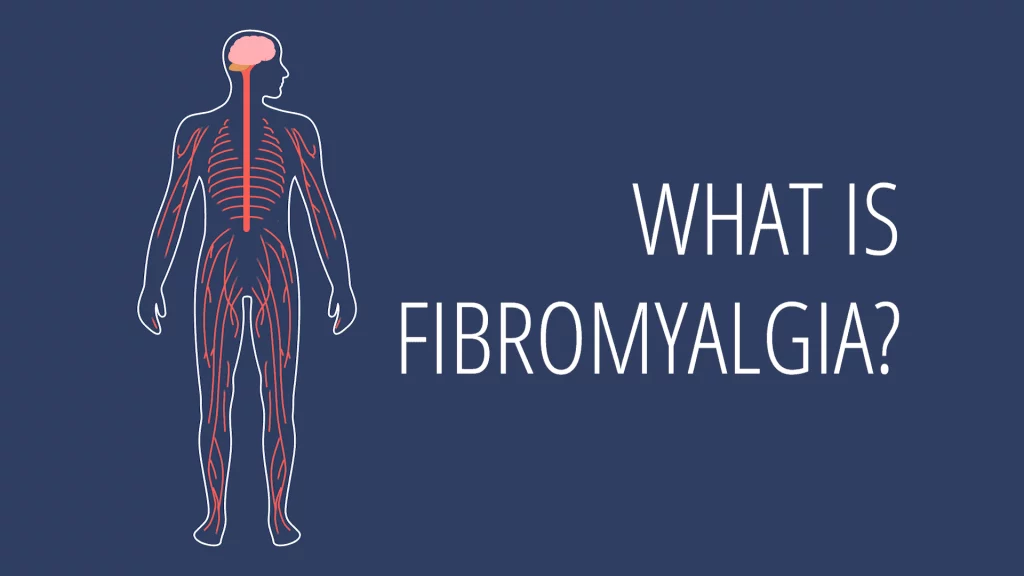
In sports the body is pushed to its absolute limits. Athlete bodies are subject to higher repeated forces than the average person. These forces eventually lead to major injuries that result in chronic health problems, such as osteoarthritis. Medical issues keep athletes out of the sports that they love and can impact their quality of life off of the field.
Both professional and recreational athletes are always attempting to get the most out of their performance and recover from injuries faster. Traditional sports medicine treatments do not allow athletes to get the most out of their bodies. The sports medicine world is rapidly exploring new therapies, including novel biological therapies such as stem cell treatments.
Stem cell therapy can restore damaged tissue and cell functionality. However, sports medicine is about more than just repairing cells. Athletes need tissue and cell repair that can handle the mechanical forces that their bodies experience out on the field. The best of the best athletes, such as Rafael Nadal and Peyton Manning, have explored using various forms of regenerative medicine to recover faster and improve performance.
A study, Biological Therapies in Regenerative Sports Medicine, looked into the progress of regenerative medicine for sports medicine. The progress of stem cell therapy for sports medicine is promising.
Looking into Stem Cells for Sports Medicine
The medical community does not fully understand the exact mechanisms behind why stem cells are able to encourage regeneration in the body. The medical evidence does appear to point that stem cells are effective in treating various musculoskeletal conditions that athletes face. Stem cells are able to reduce inflammation, release growth factors, and use other underlying mechanisms to repair damaged tissue and cells.
The study looked at a variety of stem cell studies involving various sporting injuries and conditions. The researchers looked at nine studies around the safety and efficacy of stem cell therapies for tendon conditions. The researchers looked at 54 studies involving joint conditions and stem cell therapy such as anterior cruciate ligament damage.
Tendon Conditions
The researchers investigated multiple studies involving tendon repair using stem cells. The focus of the studies ranged from shoulder tendons to knee tendons to elbow tendons. A pioneering study in Australia worked with 20 patients who were suffering from recalcitrant tendinopathy. The patients were treated with tendon stem cells that were injected into the lateral epicondyle. There were no complications for any of the patients. Patients saw tremendous progress as Disabilities of the Arm, Shoulder and Hand (DASH) scores improved from 45.88 to 6.61, Upper Extremity Functional Scale (UEFS) improved from 31.73 to 9.21, and grup strength improved from 19.85 to 46.60. Patient progress was maintained even at a followup mean of 4.5 years.
One study investigated the use of regenerative medicine on patients with supraspinatus tears and shoulder osteoarthritis. 34 patients with 81 rotator cuff tears were given bone marrow stem cells containing platelet-rich plasma and platelet lysate. The results of the study showed patient improvements. DASH scores (disability scale measurement) decreased by an average of 52.6% and pain scale scores decreased by an average of 44.2%. The improvements continued for the two years following the treatment. The other studies showed similar results for other tendons treated with stem cell therapy.

Joint Conditions
The researchers found similar outcomes of stem cell therapy on patients with various joint conditions. 22 studies used a needle injection technique to deliver stem cells to patients. The researchers found that patients experienced moderately good results and had no safety problems. Another study used an infrapatellar pad as a source for stem cells and injected stem cells along with platelet-rich plasma into patients. The patients experienced positive outcomes from the treatments. Patients had a reduction in Western Ontario and McMaster Universities Osteoarthritis Index (WOMAC) scores from 49.9 to 30. Patients also saw pain reduction and improvements in MRI scores.
The study concluded that various forms of stem cell therapy are effective for treating various types of athletic injuries. Patients can experience tendon and joint regeneration when treated with stem cell therapy. The researchers believe that stem cells rely on the differentiation ability and paracrine effects of stem cells to promote healing mechanisms within the body. The science shows that stem cells have positive effects on the healing processes in the body.
The study concludes that there are multiple issues that stem cell therapy needs to overcome before becoming a mainstream treatment. The future of stem cell therapy and sports medicine is bright.

